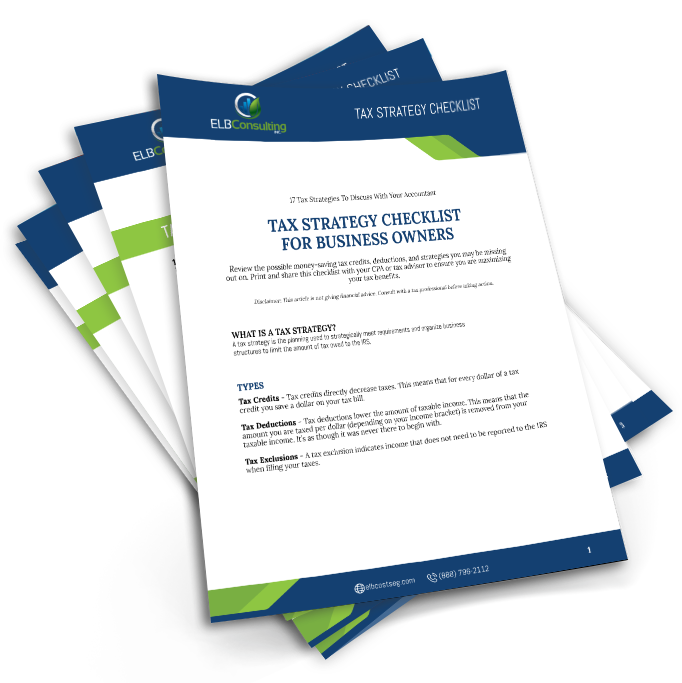179D and 45L Incentives Extended: The latest coronavirus relief bill, the “Consolidated Appropriations Act, 2021” (CAA 2021), passed on December 21, 2020.
It made two key changes that effect the commercial real estate industry; the 179D and 45L incentives are extended.
- The §179D Energy Efficient Commercial Building Deduction (§179D Deduction) was made permanent and added an annual inflation adjustment.
- The §45L Energy Efficient Home Credit (§45L Credit) was extended through December 31, 2021.
These two tax incentives were initially implemented in the Energy Policy Act of 2005. They are to encourage energy efficient design in commercial and residential construction. Consequently, many builders and developers have incorporated green building design and benefited from the tax incentives to improve cash flow. As a result, these incentives have driven significant green building design initiatives.
The total bill passed for this Act was 5,593 pages, these two changes covered a few pages. If interested, you can find the whole Act here.
RECAP OF THE EXTENDED TAX INCENTIVES
The §179D Deduction is a Federal tax incentive promoting energy efficient buildings for new and upgraded existing structures. In addition, architects, engineers, contractors, environmental consultants, or energy services providers may be eligible for the incentive on public projects. Commercial buildings qualify for a deduction of up to $1.80/SF. To do so, the three building subsystems must meet certain energy standards. These subsystems are; 1) the building envelope, 2) the HVAC/hot water systems, and 3) the lighting and lighting controls. Each one qualifies for up to $0.60/SF. The 179D Deduction applies to both new construction and building renovations. The 179D can qualify one or more of the subsystems. It was set to expire on December 31, 2020. With the passing of CAA 2021, it has been made permanent.
The §45L Credit provides eligible residential property developers a $2,000 tax credit for each qualifying dwelling unit. It applies to single family homes, apartments, condominiums, assisted living homes, and other types of residences. This also looks at the building subsystems to qualify; 1) building envelope, 2) HVAC/hot water systems, and 3) lighting and lighting controls. Collectively, these need to meet the energy reduction standards. In addition, these residences must be less than three stories above grade. Like the 179D Deduction, the 45L Credit was set to expire on December 31, 2020. It has now been extended another year through December 31, 2021.
THE CHANGES TO 179D AND 45L IN CAA 2021
The 179D Deduction:
- CAA 2021 made the §179D Deduction permanent and ties the maximum deduction of $1.80 per square foot to inflation, allowing it to increase the benefit over time.
- The baseline standard for the §179D now compares the building to the ASHRAE standard that was in existence two years prior to the start of construction. This change will better account for improvements in energy efficient building materials and new technologies.
The 45L Credit:
The §45L Credit only extended through 12/31/2021 and remains the same, with no changes to the credit amount or the energy efficiency baseline needed for residences to be eligible for the credit.
Please reach out to us if you have any questions about these tax incentives or want to determine if your property qualifies. Contact your ELB representative, or email us at info@elbcostseg.com.




